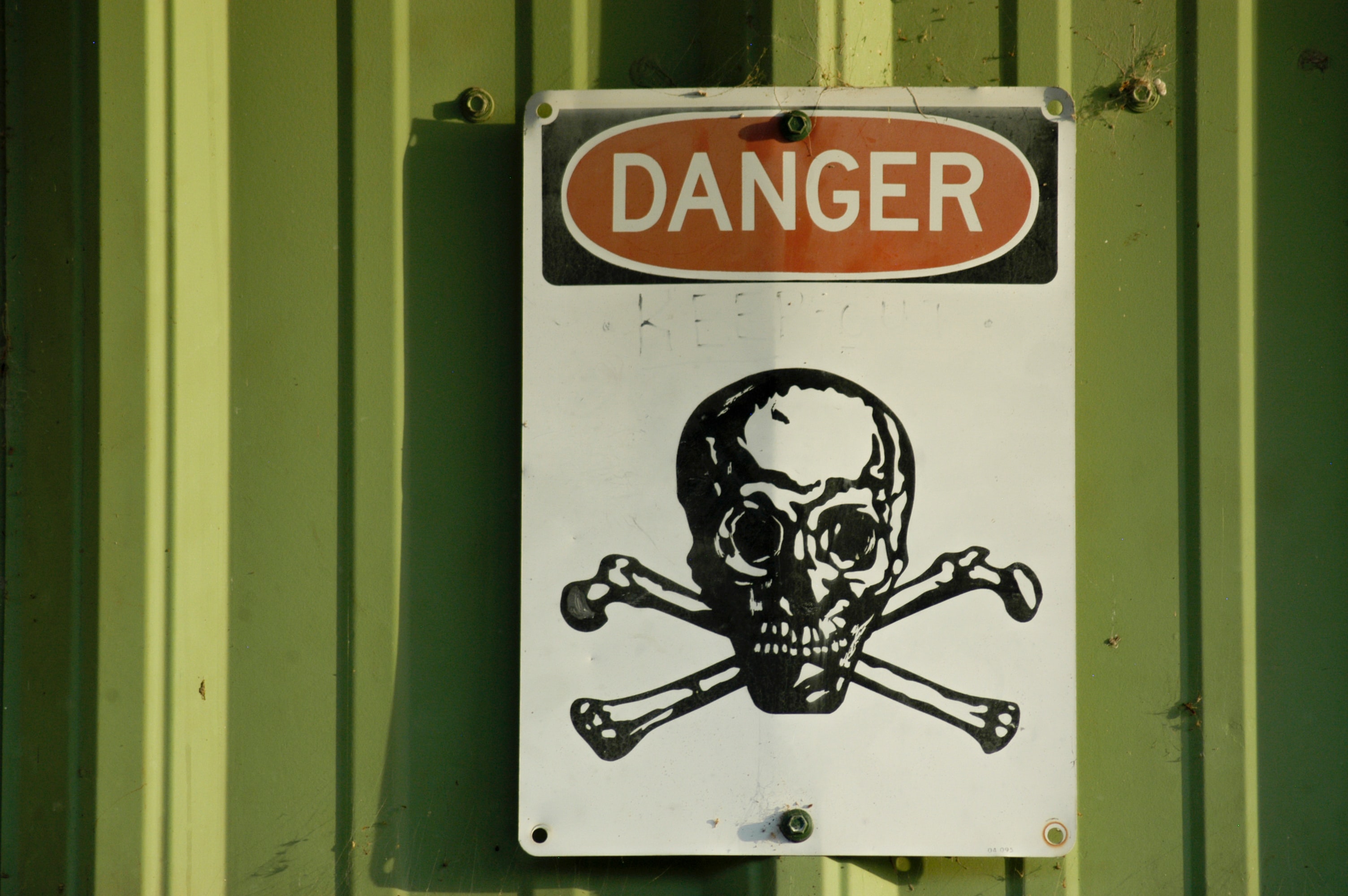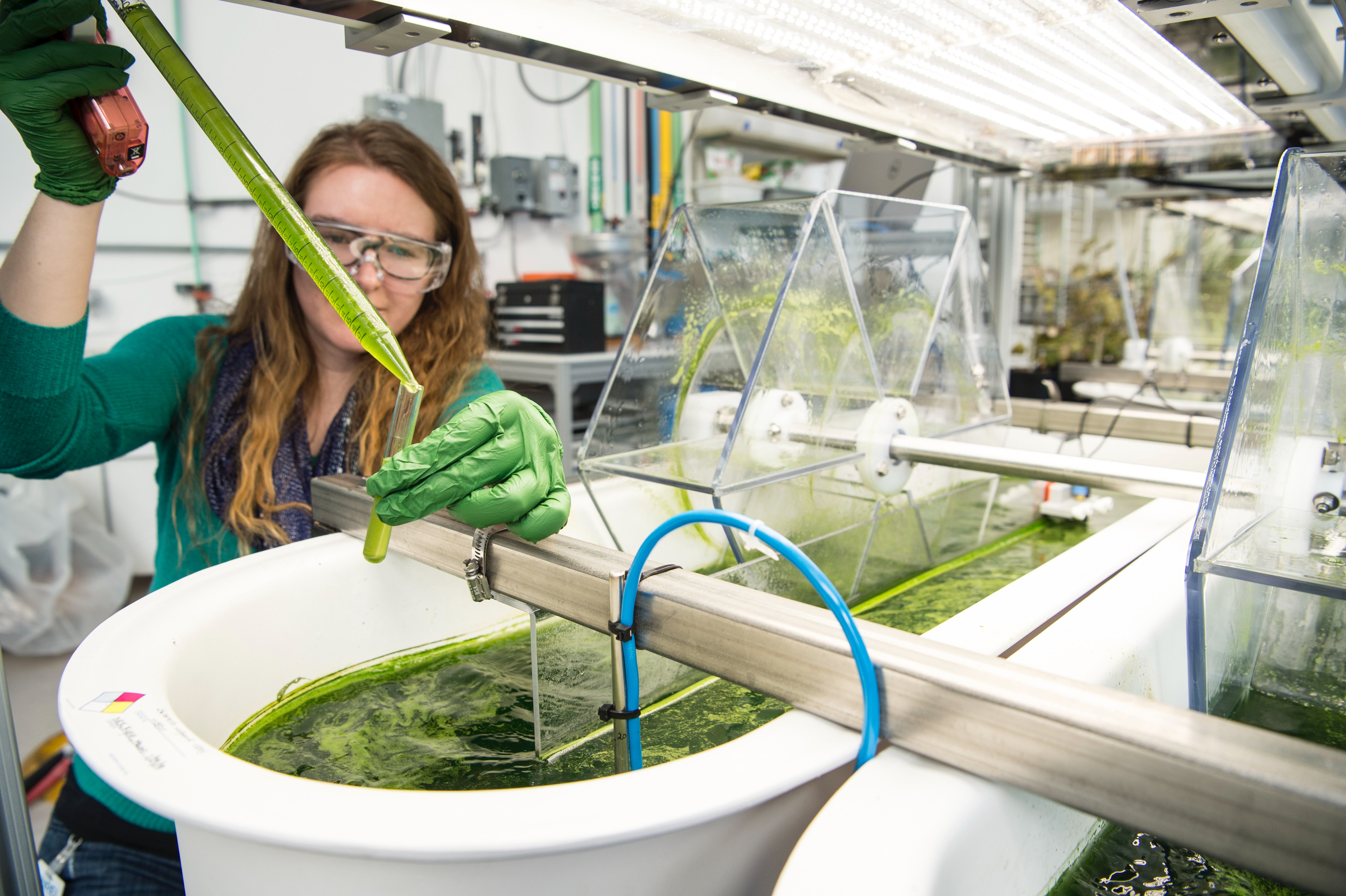Let’s Talk About Toxins
 Toxins are very evident in our lives. They can cause significant health issues like memory loss, brain fog, hair loss, inflammation, rashes, cancer and birth defects which are simply a few of the many. Have you ever wondered why there seems to be an increase in autism, behavior and cognitive disorders as well as a higher incidence of cancer?
Toxins are very evident in our lives. They can cause significant health issues like memory loss, brain fog, hair loss, inflammation, rashes, cancer and birth defects which are simply a few of the many. Have you ever wondered why there seems to be an increase in autism, behavior and cognitive disorders as well as a higher incidence of cancer?
Scientific research is connecting some of these disorders and diseases to ingested, topical and inhaled toxins.
Toxins are defined in Webster’s Dictionary as “a poisonous substance that is a specific product of the metabolic activities of a living organism and is usually very unstable, notably toxic when introduced into the tissues and typically capable of inducing antibody formation.” Examples of toxins include fungi, hazardous chemicals (some of which we don’t realize are in everything we use) algae, noxious gases, and bacteria.
Our exposure to some we can control and others we can’t. For example, we can’t control what toxins may be in the air we breathe. We can, however, control what we put in and on our bodies. Scientists are now realizing the chemicals found in a wide variety of household items are more toxic than previously thought. Since health and wellness are not simply about diet and exercise, but also about limiting exposure to toxic things, we need to be better about reading labels. The first five ingredients in any product, make up a large percentage of that item. Many cosmetics have the following ingredients:
 1. Diethanolamine (DEA), Propylene glycol, BHT, Parabens, Petroleum, and Formaldehyde. DEA has been linked to cancer, propylene glycol (also the main ingredient in antifreeze) can cause dermatitis and hives. Found in some energy drinks it can cause esophageal erosion.
1. Diethanolamine (DEA), Propylene glycol, BHT, Parabens, Petroleum, and Formaldehyde. DEA has been linked to cancer, propylene glycol (also the main ingredient in antifreeze) can cause dermatitis and hives. Found in some energy drinks it can cause esophageal erosion.
2. Parabens are synthetic chemicals that are used as preservatives and are linked to cancer.
3. Butylated hydroxyanisole (BHT) is classified by the European Union as an endocrine disruptor and can lead to kidney and liver disease as well as lung conditions.
4. Formaldehyde is what undertakers use to preserve a dead body. It can be used as a preservative in some foods and products such as antiseptics, medicines, and cosmetics. This chemical can cause joint pain, depression, and skin allergies.
5. Lastly, petroleum is what we put in our cars for fuel; it is derived from crude oil, it needs to be refined. If refinement is done at a low-grade level, you risk having a product still containing the toxic chemicals found in oil – some of which are linked to cancer. Yet we’ve been using it to moisturize our lips for over a hundred years.
 It can be true that it costs more to use toxin-free, chemical-free, gluten-free, cruelty-free and vegan products; however, what does it cost in the long run if you don’t? Is reducing poor health and the possibility of premature death not worth spending a little more for clean products? Working with professionals familiar with these types of products can make the transition a bit easier.
It can be true that it costs more to use toxin-free, chemical-free, gluten-free, cruelty-free and vegan products; however, what does it cost in the long run if you don’t? Is reducing poor health and the possibility of premature death not worth spending a little more for clean products? Working with professionals familiar with these types of products can make the transition a bit easier.
Before purchasing products read the label. Take back your health. If you have questions reach out to me or someone you currently work with.
Fran Collard - Lambert, Fran Lambert, CMA, AS, BA, CHC - Health and Wellness Coach - I help people achieve their health and fitness goals. I also offer pure, safe and beneficial products for personal care, nutrition, makeup, and skincare through Arbonne International.
Website: jefflambert.arbonne.com
1. davidsuzuki – The dirty dozen dea related ingredients
2. lifehack.org – 20 toxic things you probably use every day
3. livescience – what are parabens?
4. ewg.org – ewg’s dirty dozen guide food additives generally recognized as safe but is it?
5. cancer.org – cancer causes – formaldehyde
6. littlegreendot – Vaseline – why petroleum-based products should be avoided






